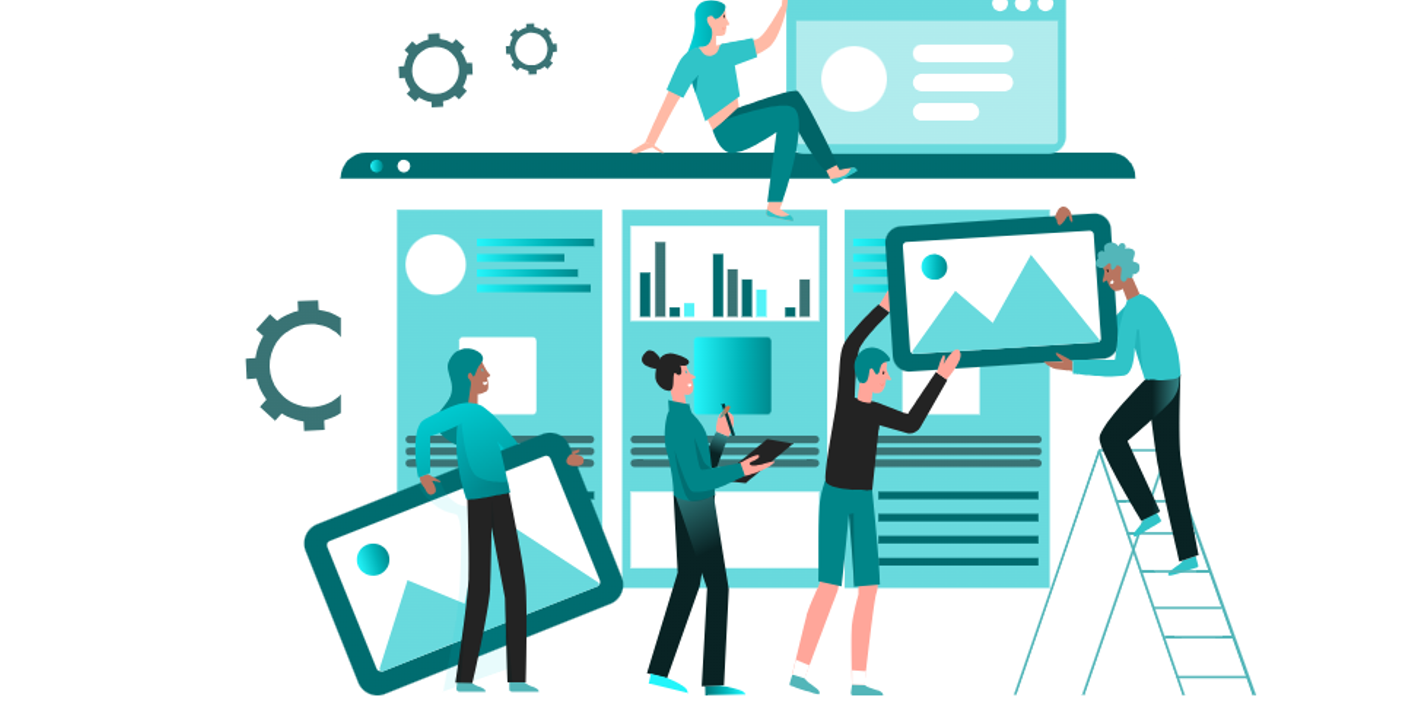Leveraging Modernization to Increase Productivity
What are the significant risks associated with continuing to use legacy IT systems?
For one thing: High cost. Despite the costs of modernizing legacy systems, maintaining older systems can cost you more money in the long run—mainly if something breaks and everyone who knows how to fix it has retired.
Another: Employee experience. Making your staff use outdated technologies is a recipe for getting them to leave for more modern pastures and makes it harder to find new hires who will be motivated and engaged.
Just as substantial as cost and employee experience is the risk of leaving potential productivity gains on the table. In this article, we explore this idea in detail.
Productivity Issues with Legacy Systems
Many legacy IT systems have the curious characteristic of being difficult to change. Whether based on outdated software frameworks or elderly hardware architecture, it’s hard to adapt legacy systems to changing business conditions. Symptoms of this problem include:
- Difficulty or inability to scale to accommodate growing numbers of employees, customers, or products.
- Inability to model and support expanded lines of business and new or changed business processes.
As a result, the business is forced to implement inefficient workarounds and “temporary” solutions, often involving spreadsheets. These solutions often don’t integrate well (or at all) with the legacy systems.
In addition to being highly fragile, this situation means that your staff spends more time wrestling with the tools than adding value to your business. The hit to your company’s productivity can’t be ignored at some point.
How Modernization Addresses Productivity Issues
A significant potential payoff exists by applying modern systems to increase productivity. For example:
- Modern applications and hardware architectures can be designed to scale up as your business grows, thereby avoiding the obsolescence-and-workaround trap described above.
- Your legacy applications, particularly custom or commercial applications with extensive customizations, are often designed to accommodate your peculiar, inefficient business processes. A modern commercial application will likely support industry best practices “out of the box” without customization. A modernization initiative allows you to update your process by adopting these best practices and gain efficiency and productivity.
- These days, many processes can be automated, some using artificial intelligence algorithms. Automating tedious, repetitive, error-prone tasks can free your staff for more productive, value-added activities.
- If migrating your computing and storage resources to the cloud is part of your modernization strategy, you can simplify your disaster planning and recovery, reducing downtime and lost productivity.
How Solution Machine Can Help
IT modernization projects can be time-consuming, expensive, and disruptive. With the right partner, however, the transition can be made as smooth as possible. At Solution Machine, we have extensive experience with IT system modernization, both on the hardware and software sides. We take the time upfront to understand your business processes and pain points so that we can help you design and execute a strategic modernization roadmap.
If you’re ready to get out from under your legacy IT systems but lack the in-house staff or bandwidth to pull it off, you need a competent partner to help you.
Contact Solution Machine today to learn how we can help you along your modernization path.

